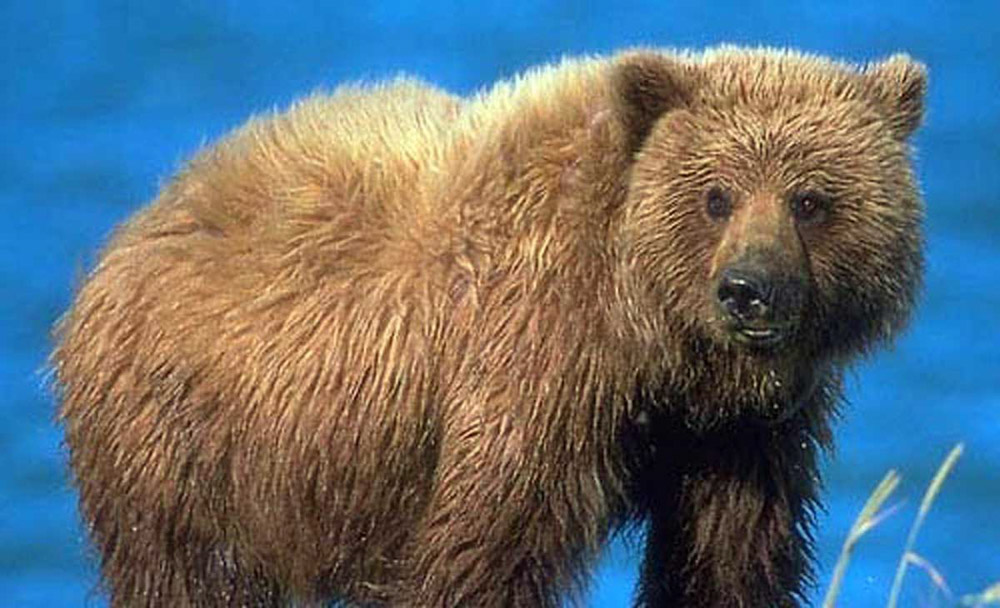Below is a news release from the Idaho Department of Fish and Game.
On Wednesday, June 8th, 2022, Idaho Fish and Game staff received a report that a grizzly bear had been shot by two hunters in self-defense. The hunters were actively hunting black bears, and had just harvested a black bear in the Ruby Creek drainage. As the hunters worked towards retrieving the harvested black bear, a grizzly bear appeared out of the dense brush and began approaching them. The hunters backed away from the grizzly bear and began yelling at the bear, but it continued on undeterred. As the grizzly bear continued approaching the hunters, one of the hunters discharged his firearm at close range, killing the bear. The bear was a sub-adult male. Neither hunter was injured during the encounter.
After the incident, one of the hunters reported the event to Boundary County dispatch, who then routed the information to local IDFG Conservation Officers. Fish and Game officers then responded to the scene with the hunters, completed their investigation, and recovered the bear carcass. The investigation determined the bear was killed in self defense.
Grizzly bears are protected under State and Federal law, and Fish and Game reminds hunters that grizzly bears may be encountered in north Idaho and the Greater Yellowstone areas.
Here are some good reminders for hunting in grizzly country:
- Carry bear spray and keep it accessible
- Hunt with partners and make each other aware of plans
- Look for grizzly bear sign, including fresh tracks. Let partners know if you do see sign
- Retrieve meat as quickly as possible
- Hang meat, food, and garbage at least 200 yards from camp and at least 10 feet off the ground
- When not hunting, make noise, especially around creeks and thick vegetation. Most attacks occur by inadvertently surprising a bear at close range
Black bears are common throughout the Idaho Panhandle. Grizzly bears are most commonly observed in the Cabinet and Selkirk mountain ranges in Game Management Unit 1 but have also been infrequently observed in units 2, 3, 4, 4A, 6, 7, and 9.
(Photo credit: U.S. Fish and Wildlife Service)
